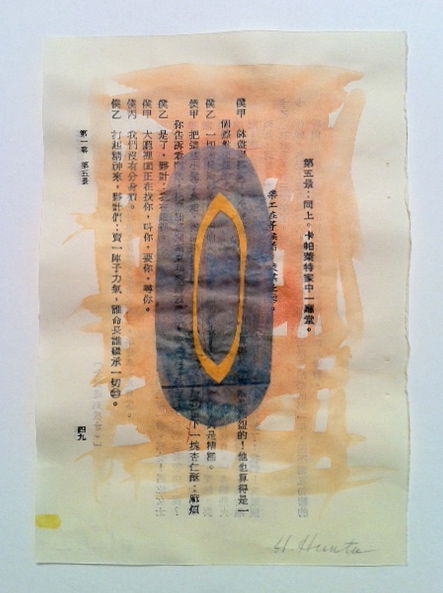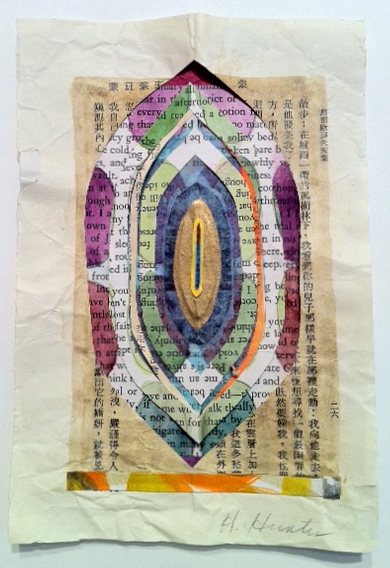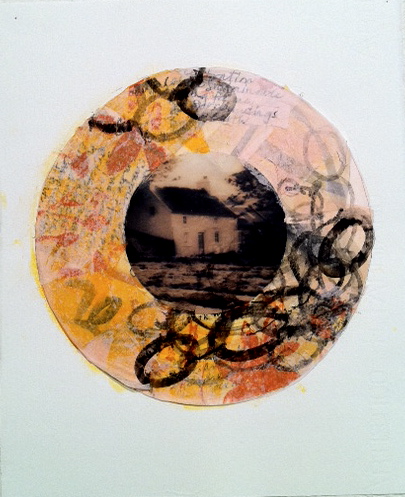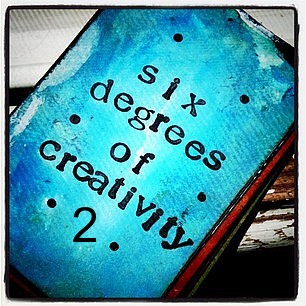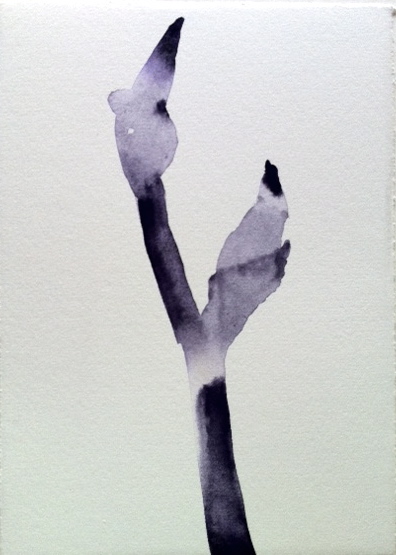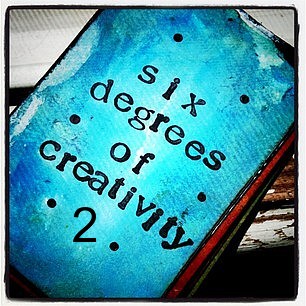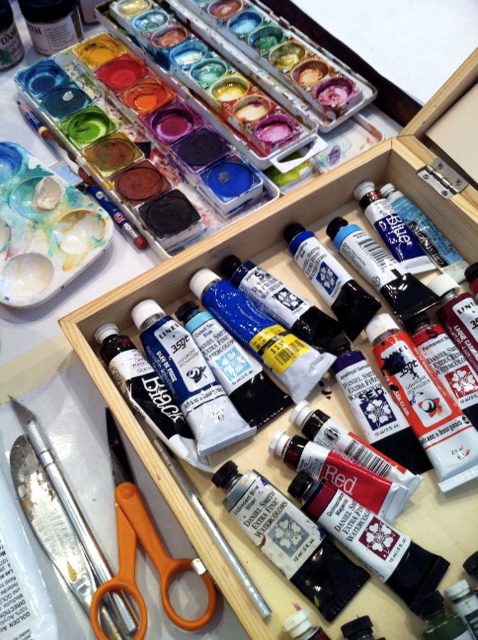 In my last post, "A Light Touch," I talked about the correspondences between practicing Reiki (a hands-on healing technique) and working with watercolors. (The Reiki Program at our hospital is directed by Kathy Lorenzato, music therapist and Reiki Master.)
In my last post, "A Light Touch," I talked about the correspondences between practicing Reiki (a hands-on healing technique) and working with watercolors. (The Reiki Program at our hospital is directed by Kathy Lorenzato, music therapist and Reiki Master.)
The following week, the number of patients referred to me for Reiki treatments curiously multiplied and the week after that, there were even more. While I can see that Reiki clearly helps; patients quivering in pain slowly relax and fall asleep, even skeptical teens, who eye me suspiciously at first, doze off as well...I've become curious about how acting as a conduit for this mysterious energy affects me.
I notice that as energy pulses through my hands, it takes on different visual patterns in my internal awareness. At times it feels like a horizontal ellipse, pulsating and then changing to a vertical elliptical pattern. Sometimes small circles of energy seem to be there and other times the circles grow larger, for no noticeable reason that I can perceive or figure out.
I became fascinated with these internal images and wondered what it might be like to try and express them on paper.
I've been experimenting in the studio for several days now, making 'collage sketches,' trying to elicit these inner images.
Of course, art takes its own direction and as soon as I set about with my intention, an entirely different form showed up. Where these attempts will end up is beyond me, but in the meantime, I'm going to continue to follow the Reiki thread.

